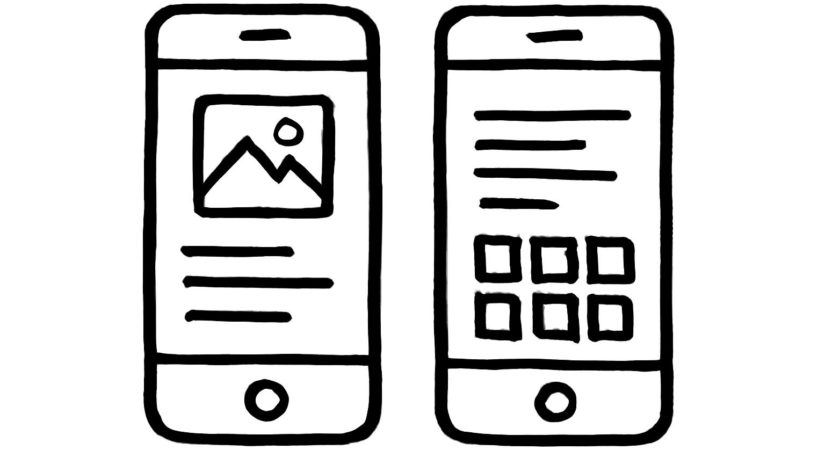Apple recently unveiled iOS 26, marking a notable shift in design inspired by the Aero-era interface with a “Liquid Glass” aesthetic. Meanwhile, Google prepares to launch Android 16 featuring Material 3 Expressive. Both are still in preview stages, but their design choices and functionalities highlight key differences.
Apple’s iOS 26 adopts a mostly transparent Quick Settings panel, which can reduce visibility against light backgrounds. While a “Reduce Transparency” option exists, it indicates accessibility concerns in the initial release. Android 16 maintains a frosted glass effect with better contrast, allowing users to add more toggles, enhancing usability.
iOS 26 also introduces estimated charging times, a feature long available on Android. Android 16’s upcoming QPR1 update incorporates a portable desktop mode for connected displays, similar to Samsung’s DeX. Apple opts for basic screen mirroring without expanded desktop capabilities.
On AI integration, iOS 26 scales back its marketing after iOS 18’s surge of AI features. It adds a screenshot-based “Circle to Search” tool that is currently limited and unintuitive. Android’s AI assistant Gemini continues to evolve independently from OS releases, offering faster feature rollouts and advanced phone control.
Both platforms add useful features such as call screening and spam detection, with Android offering more mature implementations. iOS includes basic emoji-related features resembling Android’s Emoji Kitchen and Pixel Studio stickers.
Customization remains stronger on Android 16, with flexible home screen layouts and dynamic theming, although both systems struggle with inconsistent app icon theming. iOS 26 offers unique lock screen options like parallax wallpapers and diverse clock styles, while Android provides more clock variations but with less cohesion.
The camera user interfaces on both platforms have converged, focusing on simplicity and reachability. Android’s camera app remains straightforward and feature-rich, whereas iOS has improved but still requires additional interactions for deeper controls.
In summary, iOS 26 and Android 16 share many functional similarities, reflecting a narrowing gap between the two ecosystems. The choice largely depends on user preference for Apple’s controlled environment or Android’s customization freedom. The “Liquid Glass” design in iOS 26 might influence future Android designs, despite mixed reception.
